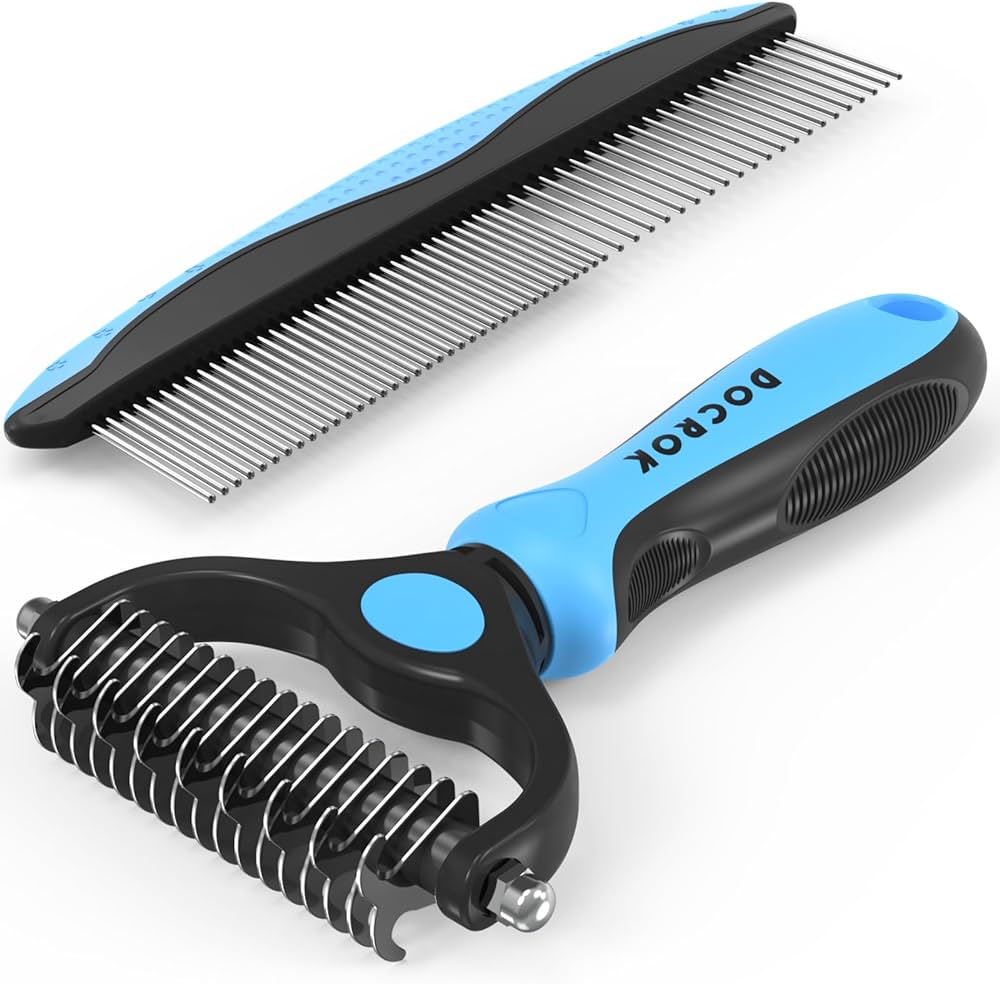
I. Introduction
A. The challenges of excessive dog shedding
Dog shedding, while a natural occurrence, can become a significant nuisance when left unchecked. Fur can accumulate on furniture, clothes, and floors, making it difficult to maintain a clean and tidy home. Moreover, excessive shedding can lead to hairballs, skin irritation, and discomfort for your dog.
B. The role of dog combs in managing shedding
Dog combs play a crucial role in managing shedding by effectively removing loose hair from your dog’s coat. Regular brushing with the right comb can significantly reduce the amount of fur in your home and keep your dog’s coat healthy and comfortable.
C. Unveiling the different types of dog combs for shedding
The world of dog combs offers a diverse range of options, each designed to address specific coat types and shedding challenges. Understanding the different types of combs and their intended uses is essential for selecting the right tool for your furry friend.
II. Understanding the Causes of Dog Shedding
A. Natural shedding: a seasonal process
Dogs shed their coats naturally throughout the year, with increased shedding during seasonal changes. This natural process helps regulate their body temperature and adapt to warmer or cooler weather.
B. Medical conditions: allergies, skin infections, or hormonal imbalances
Excessive shedding can also be an indicator of underlying medical conditions, such as allergies, skin infections, or hormonal imbalances. If your dog is experiencing excessive shedding accompanied by other symptoms like itching, redness, or lethargy, consult a veterinarian to rule out any medical causes.
C. Nutritional deficiencies: a lack of essential vitamins or minerals
A lack of essential vitamins or minerals in your dog’s diet can contribute to excessive shedding. Ensure your dog is receiving a balanced and nutritious diet that provides adequate amounts of omega-3 fatty acids, which promote skin and coat health.
D. Environmental factors: stress, anxiety, or changes in routine
Environmental factors like stress, anxiety, or changes in routine can also trigger excessive shedding in dogs. Providing a calm and stable environment, regular exercise, and plenty of mental stimulation can help reduce stress-induced shedding.
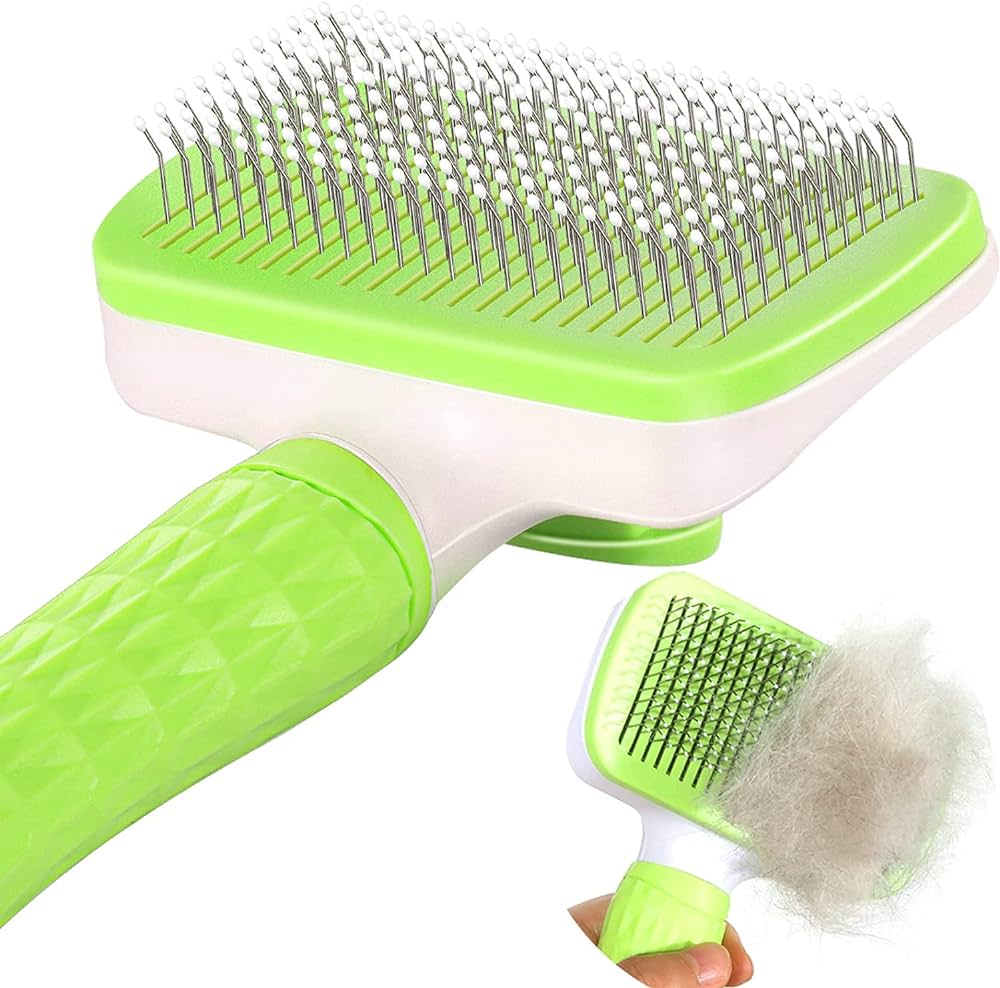
III. Choosing the Right Dog Comb for Shedding
A. Identifying your dog’s coat type: short, long, double, or single
The type of coat your dog has plays a significant role in determining the type of comb that’s best suited for them. Short-haired breeds may benefit from combs with shorter teeth to avoid scratching the skin, while long-haired breeds require combs with longer teeth to reach the undercoat. Double-coated breeds have both a dense undercoat and a topcoat, requiring a combination of combs to address both layers effectively. Single-coated breeds have only one layer of fur, making a simple pin brush or slicker brush often sufficient.
B. Considering the shedding intensity: light, moderate, or heavy
The intensity of your dog’s shedding should also influence your comb selection.
C. Evaluating the specific grooming needs: mats, tangles, or undercoat
If your dog’s coat is prone to mats or tangles, a dematting comb will be essential. For breeds with dense undercoats, an undercoat rake is crucial for removing loose undercoat hair.
IV. Popular Dog Combs for Effective Shedding Management
A. Undercoat rakes: designed to remove loose undercoat hair
Undercoat rakes feature long, wide-spaced teeth that penetrate deep into the coat, effectively removing loose undercoat hair without damaging the topcoat. They’re particularly effective for double-coated breeds like Siberian Huskies or Alaskan Malamutes.
B. Furminators: combining a stainless steel blade with fine grooming teeth
Furminators are innovative tools that combine a stainless steel blade with fine grooming teeth. The blade gently removes loose hair and undercoat, while the fine teeth capture any remaining hair. Furminators are particularly popular for heavy shedders like Labrador Retrievers or German Shepherds.
C. Deshedding brushes: featuring flexible bristles that capture loose hair
Deshedding brushes feature flexible bristles that gently capture loose hair as they glide through the coat. They’re effective for moderate shedders and can help prevent mats and tangles.
D. Shedding combs: with wide-spaced teeth to remove trapped hair
Shedding combs have wide-spaced teeth that easily remove loose hair and trapped fur from the topcoat. They’re a good option for light to moderate shedders with short or medium-haired coats.
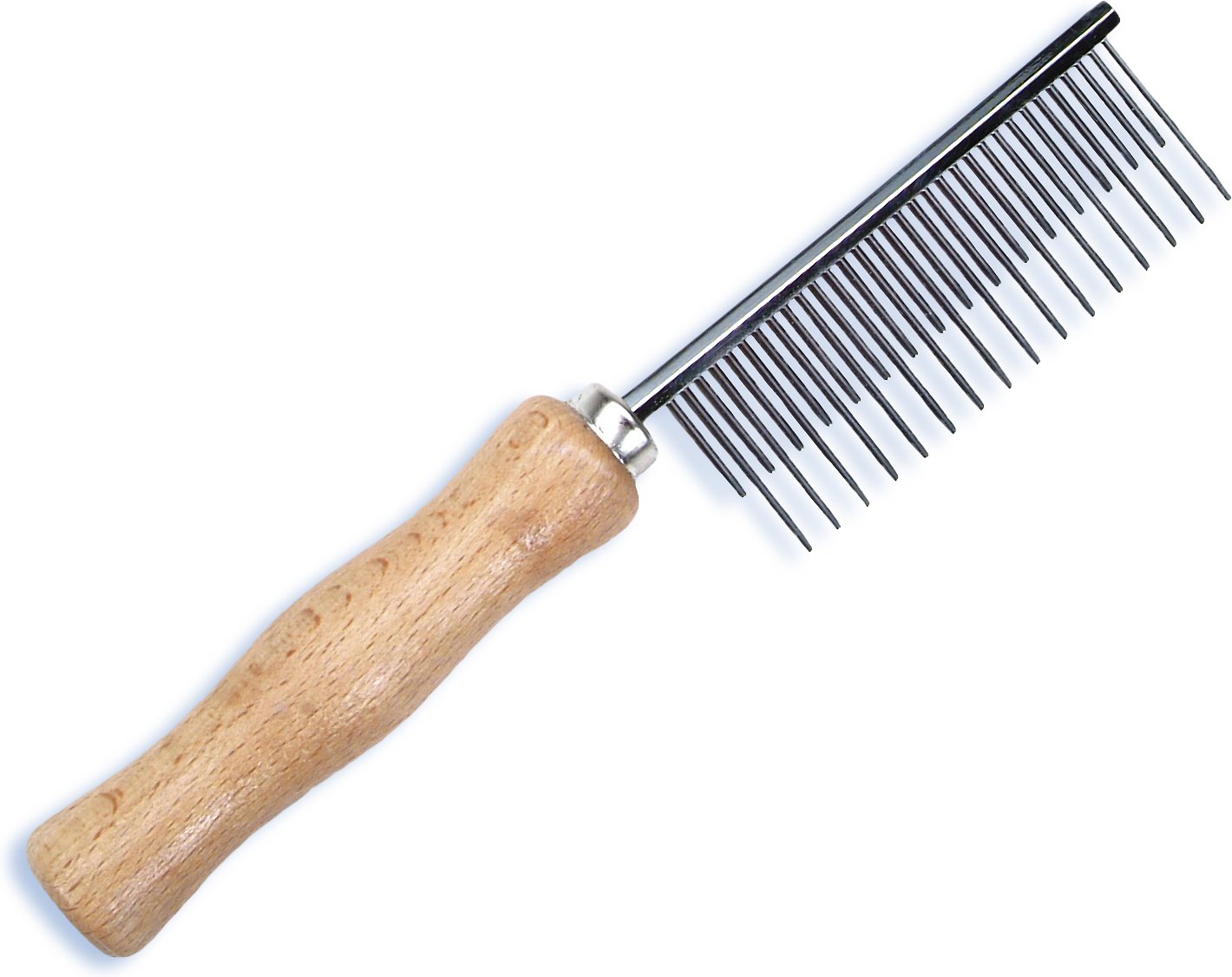
V. Mastering the Art of Brushing for Shedding Control
A. Brushing frequency: daily, weekly, or as needed
The frequency of brushing depends on your dog’s coat type, shedding intensity, and overall grooming needs. Heavy shedders may benefit from daily brushing, while moderate shedders may do well with brushing every other day or a few times a week. Light shedders may only require weekly brushing.
B. Preparing your dog for brushing: creating a calm environment
Turn brushing into a positive experience for your dog. Choose a quiet, well-lit location and create a calm atmosphere. Offer verbal praise and treats throughout the process to make brushing an enjoyable bonding experience.
C. Brushing technique: following the direction of hair growth
Always brush your dog’s coat in the direction of hair growth, starting from the head and working your way down the body. Brush gently, section by section, to avoid pulling or snagging the fur. Pay close attention to areas prone to shedding, such as the chest, behind the ears, under the legs, and around the tail.
D. Addressing specific grooming challenges: mats, tangles, and heavy shedding
For minor mats, a dematting comb can help gently separate the tangled hair. For severe mats, it may be best to consult a professional groomer. Regular brushing with a deshedding brush or undercoat rake can help prevent mats from forming in the first place. Heavy shedding can be managed with a combination of regular brushing, using a Furminator or undercoat rake, and addressing any underlying medical conditions that may be contributing to excessive shedding.
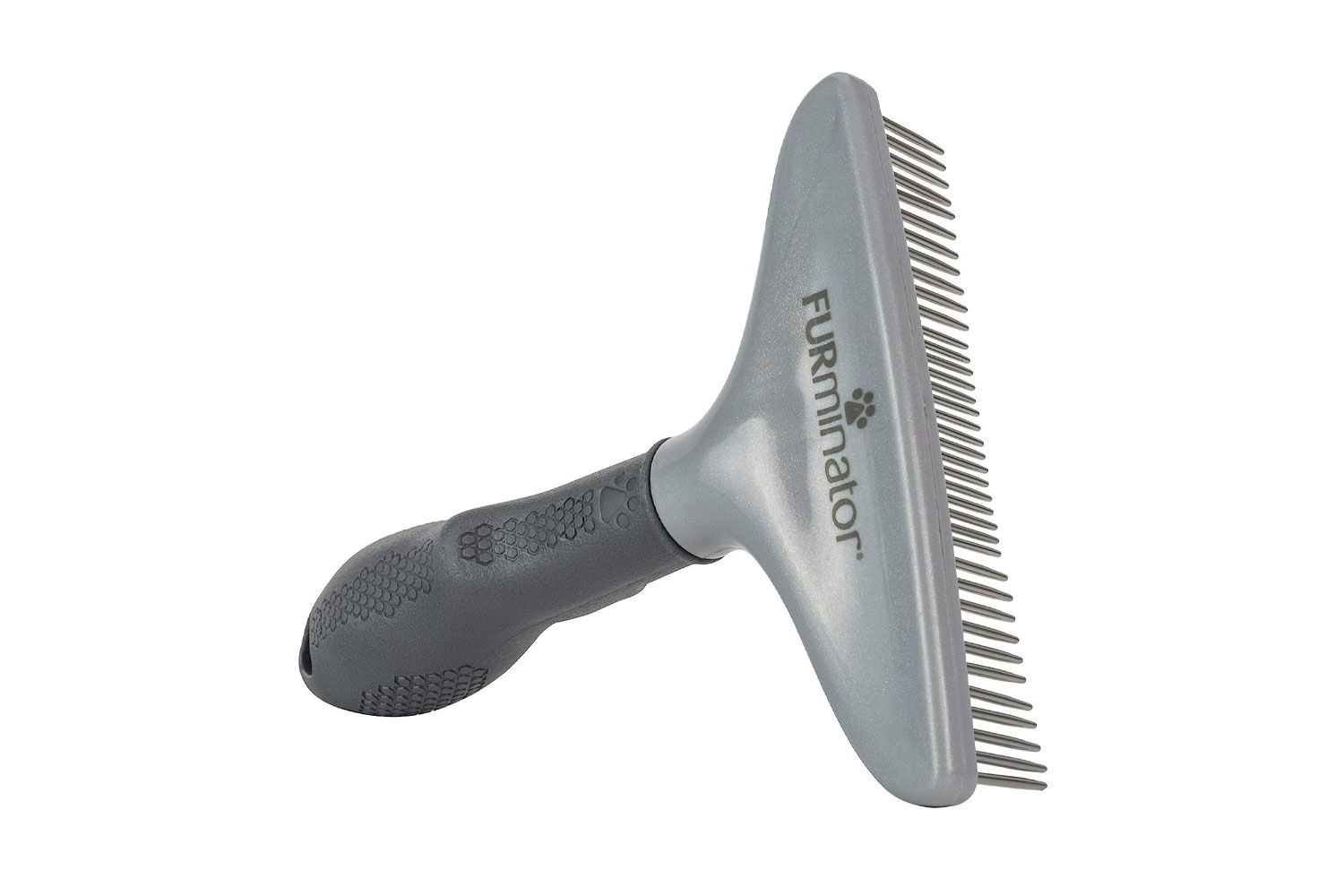
VI. Additional Tips for Minimizing Dog Shedding
A. Regular grooming: brushing, bathing, and nail trimming
Regular grooming, which includes brushing, bathing, and nail trimming, not only helps manage shedding but also promotes overall dog health and well-being. Brushing removes loose hair, bathing helps remove dirt and allergens, and nail trimming prevents discomfort and potential injuries.
B. A healthy diet: providing a balanced and nutritious meal
A balanced and nutritious diet rich in omega-3 fatty acids can significantly improve your dog’s skin and coat health, leading to less shedding. Consult your veterinarian to choose the right food for your dog’s breed and age.
C. Omega-3 fatty acid supplements: promoting skin and coat health
If your dog’s diet lacks sufficient omega-3 fatty acids, consider consulting your veterinarian about adding omega-3 supplements to their routine. These supplements can nourish the skin and coat, reducing shedding and promoting a healthy shine.
D. Regular exercise: reducing stress and anxiety
Regular exercise helps reduce stress and anxiety in dogs, which can contribute to excessive shedding. Aim for daily walks, playtime, and mental stimulation activities to keep your dog physically and mentally healthy, leading to less shedding.
E. Addressing underlying medical conditions: consulting a veterinarian
If you suspect an underlying medical condition may be causing your dog’s excessive shedding, consult your veterinarian for a proper diagnosis and treatment plan. Early detection and treatment of medical conditions can significantly improve your dog’s health and reduce shedding.
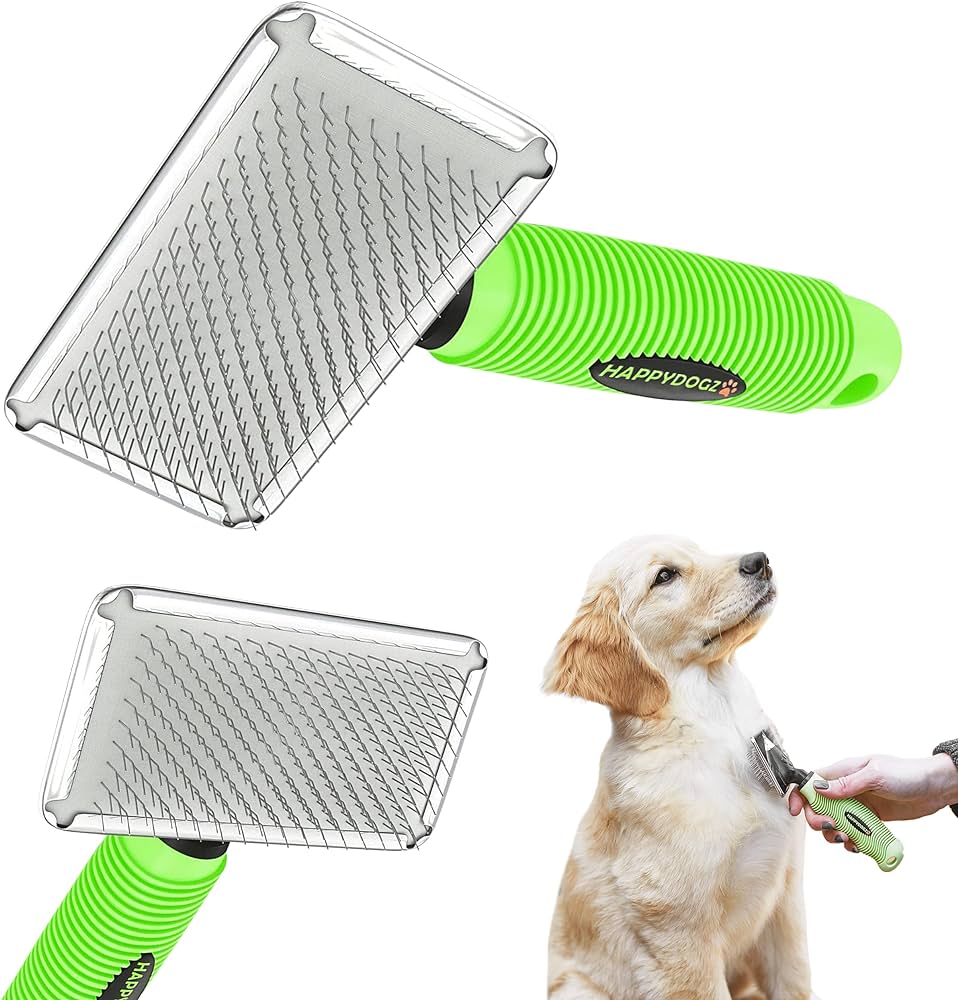
VII. The Benefits of Effective Shedding Management
A. Reduced hair on furniture, clothes, and floors
Effective shedding management with the right dog combs and regular grooming practices can significantly reduce the amount of fur in your home. This means less time spent cleaning and a cleaner, more fur-free environment for everyone.
B. A healthier and more comfortable coat for your dog
Regular brushing removes loose hair, dirt, and debris from your dog’s coat, promoting healthy skin and a shiny, comfortable coat. It also helps prevent mats and tangles, which can be itchy and uncomfortable for your dog.
C. Improved air quality in your home
Excessive dog hair can contribute to allergens and irritate allergies in humans. By managing your dog’s shedding, you can improve the air quality in your home, creating a healthier environment for everyone.
D. Strengthened bond between you and your canine companion
Regular grooming sessions using the right tools can be a wonderful bonding experience for you and your dog. The gentle touch and positive reinforcement associated with brushing can strengthen the trust and connection between you and your furry friend.